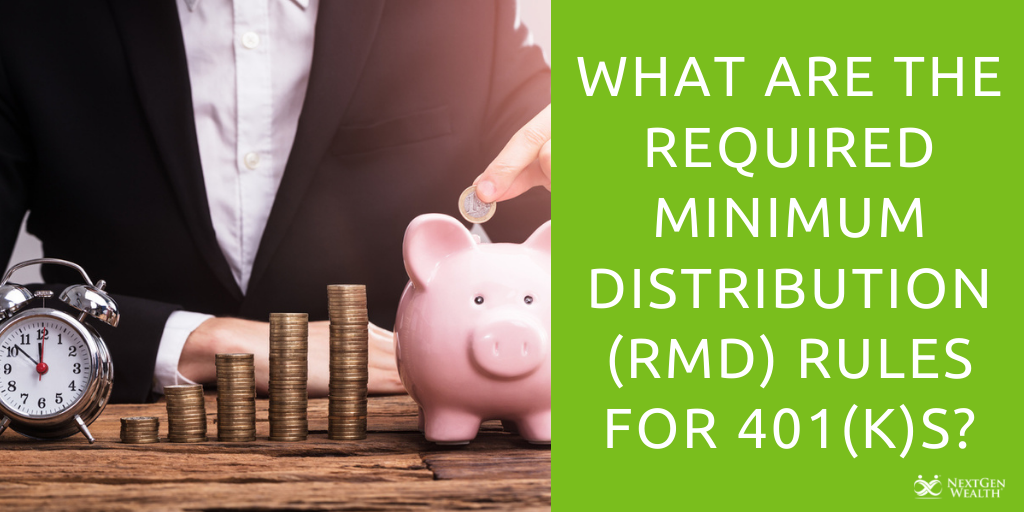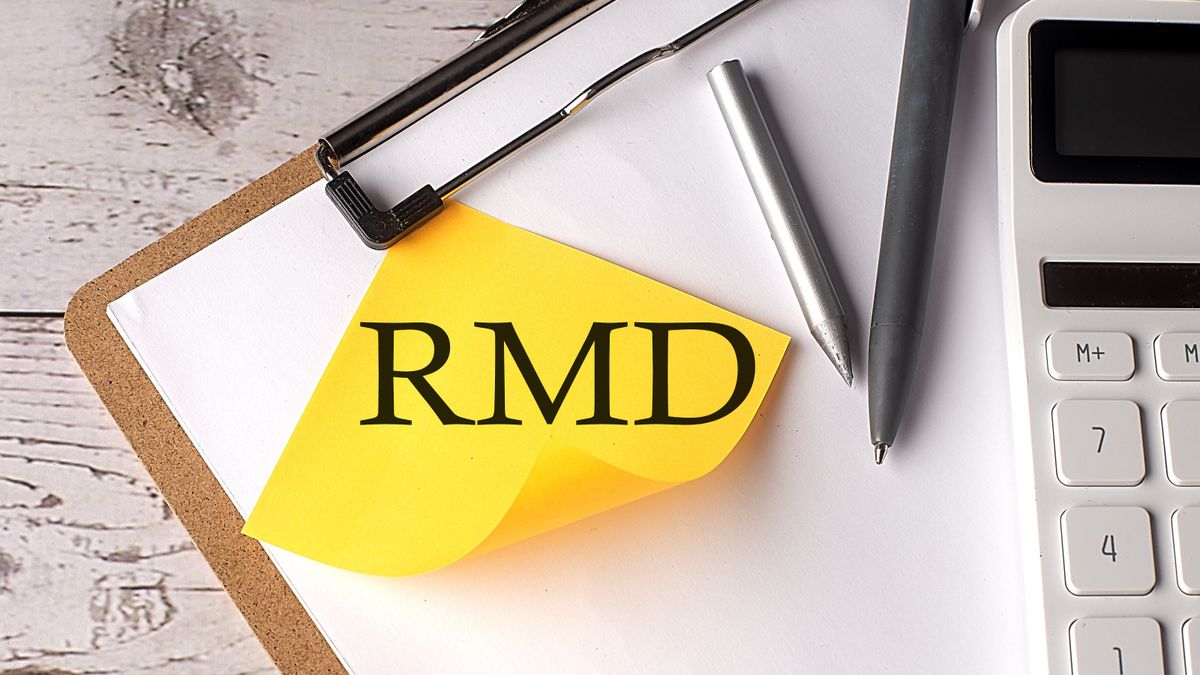5 Essential Steps for RMD Paperwork Submission

Understanding the Importance of RMD Paperwork Submission

Before we dive into the specifics of RMD (Required Minimum Distributions) paperwork, let's understand its importance. For many, retirement planning involves not just saving but also understanding the tax implications and legal requirements. RMDs come into play once you reach the age of 72, at which point, the IRS mandates you to withdraw a certain percentage from your retirement accounts each year. Failure to comply with RMD rules can result in hefty penalties, making it essential to handle your RMD paperwork correctly.
In this blog post, we will explore the essential steps for submitting your RMD paperwork efficiently:
- Determining your RMD
- Gathering necessary documents
- Completing the paperwork
- Submitting the documents to your financial institution
- Verifying the submission
Step 1: Determine Your RMD

The first step in the RMD paperwork process is to calculate your RMD amount. Here’s how:
- Identify the value of your retirement accounts as of December 31 of the previous year.
- Find the corresponding life expectancy factor from the IRS Uniform Lifetime Table. This table is updated regularly, and knowing your age will help you determine the correct factor.
- Divide your total account balance by your life expectancy factor to get the RMD amount for the current year.
📌 Note: If you have multiple accounts, you can either take your RMD from each account or consolidate it from one or several accounts.

Step 2: Gather Necessary Documents

The paperwork for RMD submission requires several documents:
- Your latest account statements showing the value of your retirement accounts.
- Forms or withdrawal requests provided by your financial institution or plan administrator.
- Tax documents if you intend to transfer the funds directly to a charitable organization (Qualified Charitable Distributions).
Step 3: Complete the Paperwork

The completion of RMD paperwork can be straightforward if you follow these steps:
- Fill Out the Forms: Use the forms provided by your financial institution. These might be online or on paper. If you're unsure about any section, don't hesitate to contact your financial advisor or the institution's customer service.
- Withdrawal Method: Decide on the method of withdrawal - whether you want a direct deposit to your checking account, a check mailed to your address, or a distribution to another qualified retirement account or charity.
- Signature: Make sure to sign and date the documents. Electronic signatures are often acceptable, but always check with your institution.
Step 4: Submit the Documents

Once your paperwork is complete, here's how you can submit it:
- Online Submission: Many financial institutions now allow electronic submission, making the process seamless and faster.
- Physical Submission: If you prefer traditional methods, mail or deliver the documents to your financial institution. Use a method with tracking capabilities to ensure receipt.
📌 Note: Always keep copies of all submitted documents for your records.
Step 5: Verify the Submission

After submitting your RMD paperwork, it's crucial to confirm its receipt and ensure the process goes smoothly:
- Confirmation: Await a confirmation email or letter from your financial institution indicating that your paperwork was received and processed.
- Check Your Account: Monitor your retirement account to confirm the withdrawal has been made or note any discrepancies.
Navigating through the steps of RMD paperwork can initially seem daunting. However, by understanding the process, gathering the right documents, completing the forms accurately, submitting on time, and verifying the submission, you can manage this requirement with ease. Remember, timely and accurate RMD submission not only avoids penalties but also ensures your retirement funds are managed as you intended.
What happens if I fail to take my RMD?

+
If you miss your RMD, the IRS can impose a penalty of up to 50% of the amount you should have withdrawn.
Can I take my RMD in installments rather than a lump sum?

+
Yes, you can take your RMD in multiple installments throughout the year, as long as the total amount by year-end meets or exceeds your RMD amount.
What if my retirement accounts are not traditional IRAs?

+
If your retirement account is not a traditional IRA (like a Roth IRA or an inherited IRA), the RMD rules might differ. Always consult with a financial advisor or refer to IRS guidelines.